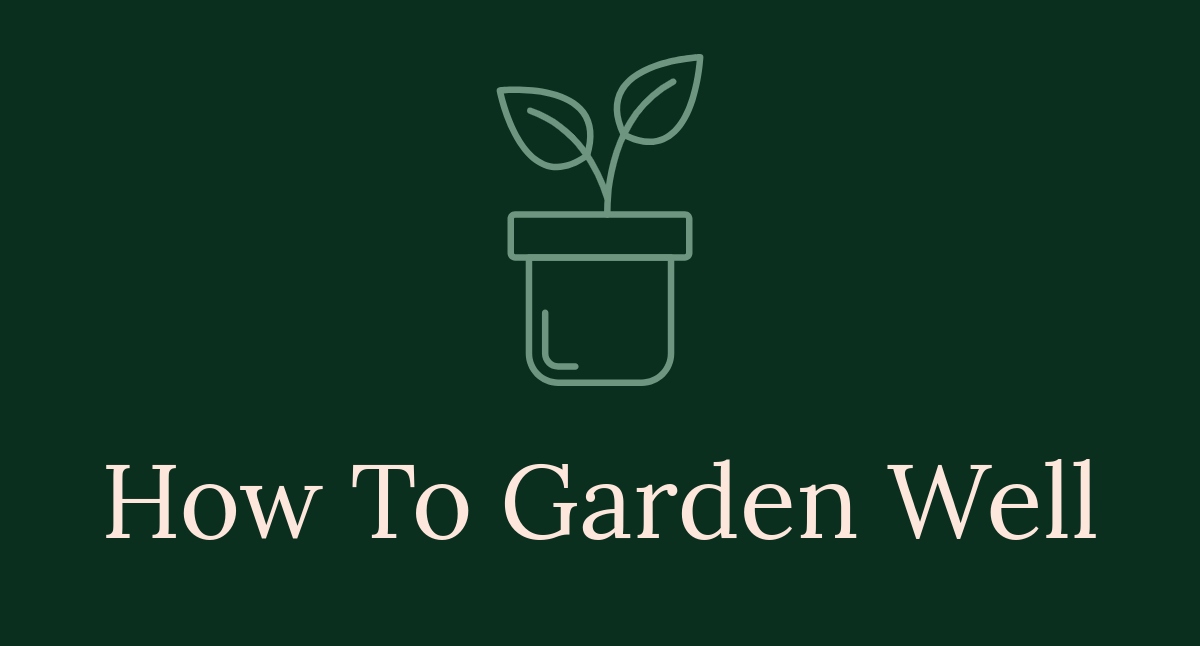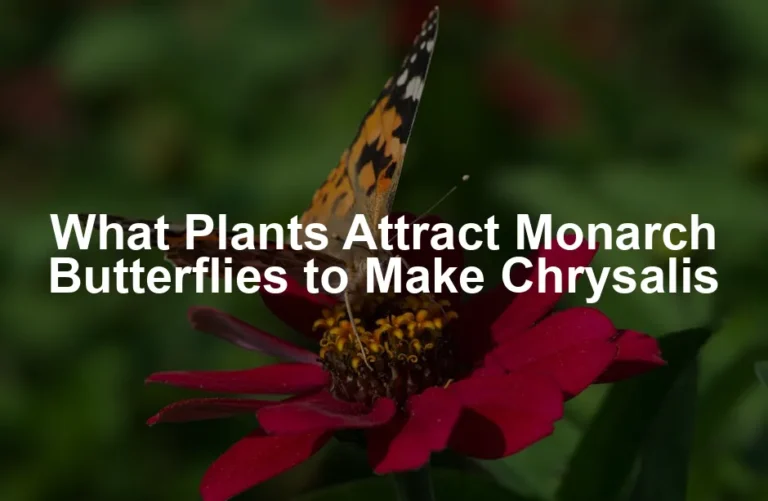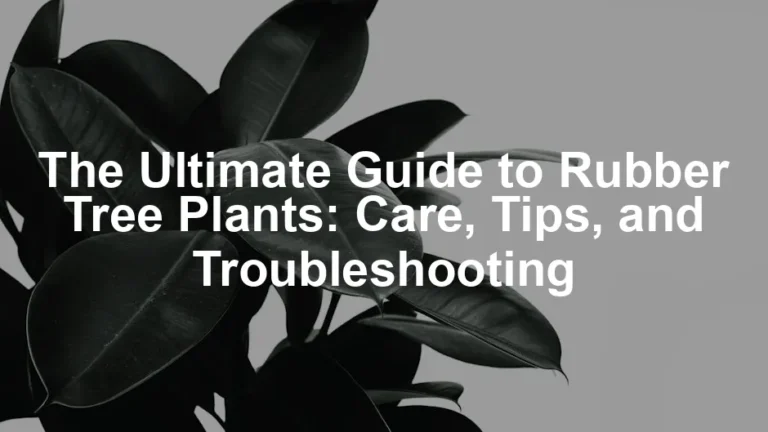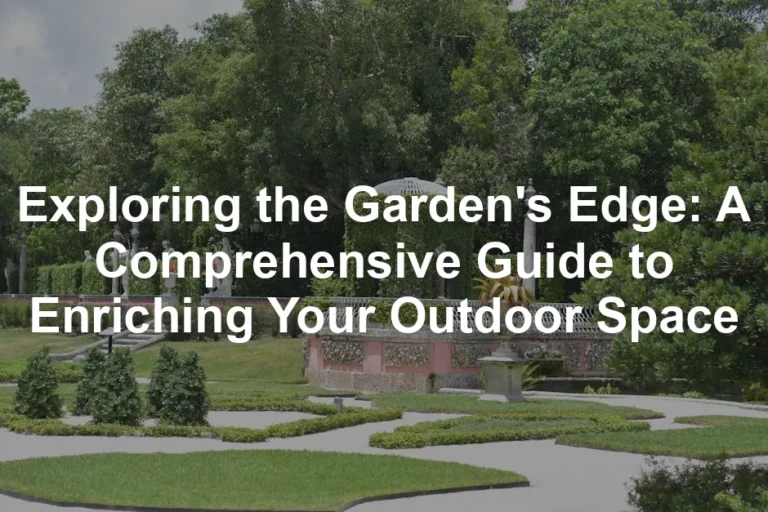

Plant Support Netting: Essential Guide for Gardeners
Introduction
Are you tired of plants falling over or growing unevenly? Plant support netting is your answer! This tool plays a crucial role in gardening. It helps your plants grow tall and strong while preventing damage. With the right netting, you can ensure your garden flourishes.
In this guide, we’ll cover everything you need to know about plant support netting. From its types and uses to installation tips, we’ve got it all. Let’s get started!
Summary and Overview
Plant support netting is a garden accessory designed to help plants grow upright. It supports climbing plants, vegetables, and flowers, allowing them to thrive. By providing a stable structure, netting helps plants reach for sunlight and air circulation.
There are several types of netting available, each suited for different plants and situations. For instance, lightweight mesh is ideal for delicate flowers, while heavier-duty options work well for robust vegetables. Check out this Heavy Duty Garden Trellis Netting for your robust plants!
Using plant support netting offers numerous benefits. It not only promotes healthier plant growth but also makes maintenance easier. With the right netting, your garden can look organized and beautiful.
As we move forward, we’ll dive deeper into the benefits, types, and installation of plant support netting. Get ready to enhance your gardening skills!
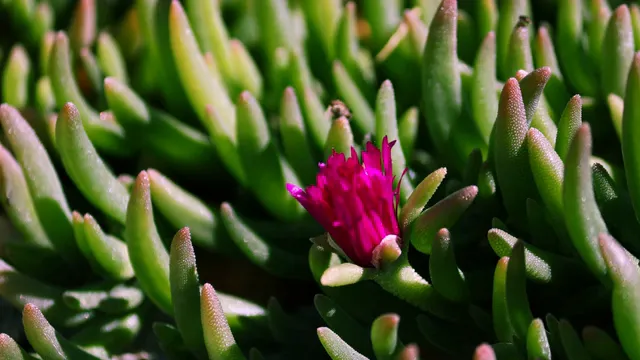
Benefits of Plant Support Netting
Using plant support netting offers several advantages for your garden. First, it supports healthy growth. When plants are properly secured, they can reach optimal sunlight and air circulation. This helps them grow taller and stronger.
Netting also prevents damage from harsh weather. Strong winds or heavy rain can easily topple unprotected plants. With netting in place, your plants stay upright and safe. Additionally, it keeps animals away. Rabbits and other critters often nibble on tender shoots. A sturdy netting barrier helps protect your plants from such interference.
Another key benefit is easier maintenance. With netting, you can manage your plants more effectively. It simplifies tasks like pruning and harvesting. You won’t have to worry about bent or broken stems. This efficiency can save you time and effort in the long run. Invest in professional garden clippers to make pruning a breeze!
Lastly, netting can enhance your garden’s appearance. A well-supported garden looks organized and tidy. This visual appeal can be a great source of pride for gardeners.
As we continue, we will explore the different types of plant support netting available. You’ll learn how to choose the right one for your needs and the best installation practices. Let’s dive in and make your garden thrive!

To support healthy plant growth, consider reading about how to test and adjust soil pH for healthy plant growth in 2024.
Types of Plant Support Netting
When it comes to selecting the right plant support netting, understanding the options available is key. You’ll find choices that cater to different gardening needs, from biodegradable materials to various mesh sizes. Let’s break it down!

Natural vs. Synthetic Netting
Natural netting options, like jute, are biodegradable. They break down over time, making them eco-friendly. These materials are suitable for organic gardening and will enrich the soil as they decompose. However, they may not last as long in harsh conditions. Consider using natural eco-friendly gardening string for your organic gardening projects!
On the other hand, synthetic netting, such as polypropylene, offers durability. This material is resistant to weather elements, ensuring it supports your plants throughout the growing season. While it doesn’t break down like natural options, it can be reused for several seasons. Weighing the pros and cons of each type helps you choose what best fits your gardening style.

Mesh Sizes and Configurations
The size of the mesh plays a vital role in plant support. Smaller mesh sizes are perfect for delicate plants, like sweet peas and small flowers. They provide adequate support without overwhelming the plants. Larger mesh sizes are better for robust vegetables, such as cucumbers and tomatoes. This allows ample room for growth while still offering the necessary support. For larger mesh sizes, check out this 7×100 ft Plant Support Netting.
Configurations also matter. For instance, horizontal netting works well for plants that spread out, like broad beans. Vertical netting supports climbing plants, giving them the height they need to thrive. Consider both the size and configuration when selecting netting for your garden. The right combination can make a significant difference in plant health and productivity.
By understanding the differences between natural and synthetic netting, along with mesh sizes and configurations, you’ll be better equipped to choose the best plant support netting for your garden. Happy gardening!

Vertical vs. Horizontal Support
When it comes to plant support netting, understanding how to use it effectively is essential. Vertical support is typically used for climbing plants like peas, cucumbers, and tomatoes. This setup allows the plants to grow upwards, maximizing sunlight exposure and air circulation. It’s ideal for trellises or fences, providing a sturdy structure for plants to cling onto.
Conversely, horizontal support is perfect for sprawling plants and flowers, such as delphiniums and broad beans. This configuration involves stretching the netting between supports, allowing plants to grow outward. It helps keep the plants off the ground, reducing the risk of rot and pests. Choosing the correct orientation can significantly impact your garden’s health and productivity.

How to Choose the Right Plant Support Netting
Consider Plant Types
Choosing the right netting starts with knowing your plants. Different species require different support levels. For instance, lightweight netting works well for delicate flowers, while heavier options are best for robust vegetables. Also, consider the growth habits of your plants. Climbing varieties need vertical support, while bushy plants often benefit from horizontal configurations.

Environmental Factors
Next, think about your local climate. Windy areas may need sturdier netting to withstand harsh conditions. In contrast, regions with milder weather might not require as durable options. If you experience heavy rainfall, ensure your netting can handle moisture without sagging. Always check the material’s UV resistance, especially in sunny locations, to ensure longevity.

Budget and Durability
Lastly, balance your budget with the durability of the netting. It’s tempting to choose the cheapest option, but consider how long it will last. High-quality netting might cost more upfront but can save you money in the long run by requiring less frequent replacements. Look for netting that suits your gardening needs while fitting your financial plan. Investing in good netting ultimately pays off with healthier plants and a thriving garden.
By taking these factors into account, you will select the best plant support netting for your garden, ensuring your plants have the support they need to flourish.
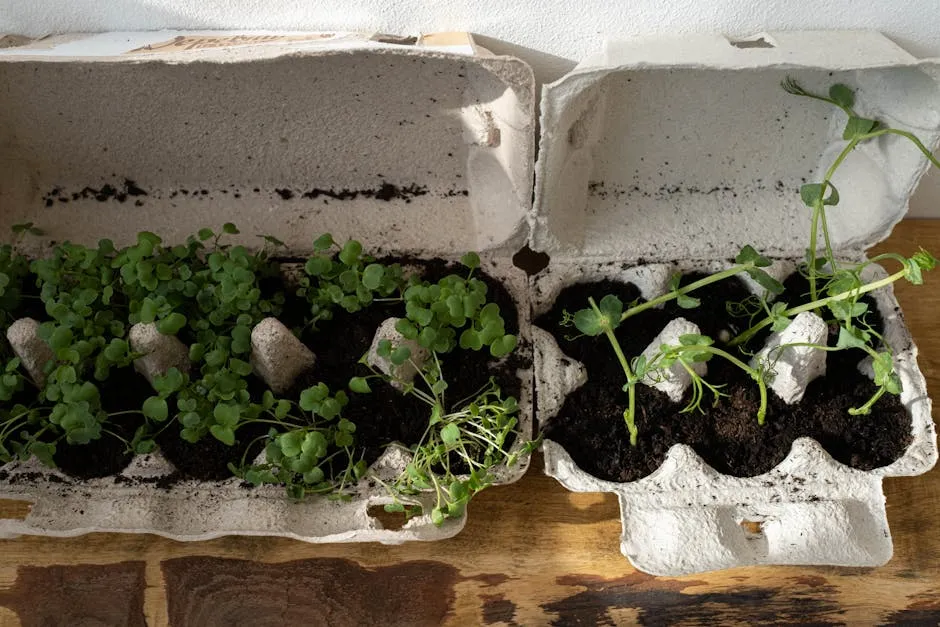
Installation Guide for Plant Support Netting
Preparation
Before installing your plant support netting, gather your materials. You’ll need netting, stakes or support frames, and tools like scissors or a staple gun. Start by selecting the right location. Ensure it’s sunny and free from obstructions. Clear the area of weeds and debris to create a clean workspace. Measure your planting area to determine how much netting you will need. This step helps avoid any surprises during installation.
Next, consider the type of plants you will support. Climbing plants require vertical support, while bushy plants benefit from horizontal netting. Planning ahead allows for a more organized setup. If you’re using frames, set them up before attaching the netting. This helps establish the framework for your plants to climb.

Installation Techniques
Now that you’re prepared, let’s get to the installation! First, cut your netting to the desired size. If using a frame, attach one edge of the netting to the top of the frame with staples or ties. Make sure it’s taut to provide adequate support for your plants.
Next, secure the opposite edge of the netting to the ground using stakes or anchors. This step is crucial for maintaining stability, especially in windy conditions. If you’re using horizontal netting, stretch it between two supports, ensuring it remains tight.
As your plants grow, gently guide them toward the netting. This helps them establish a good grip. Monitor their growth regularly, adjusting the netting if needed. Proper installation ensures your plants stay supported throughout the season.

Maintenance Tips
Maintaining your plant support netting is essential for effectiveness. Regularly check for any sagging or damage. If you notice any issues, adjust the netting to keep it tight. This prevents plants from falling and ensures they continue to grow properly.
Also, inspect the netting for wear and tear. Over time, netting can degrade, especially in harsh weather. If you find any holes or weak spots, replace the damaged section promptly. Consider using a digital plant watering gauge to monitor the moisture levels and keep your plants hydrated!
Lastly, keep an eye on the plants themselves. Remove any weeds or debris that may block sunlight or air circulation. Healthy plants will thrive better with adequate support. Following these tips will help you enjoy a flourishing garden all season long.

Common Mistakes to Avoid
Gardening can be tricky, especially when it comes to using plant support netting. Here are some common mistakes to watch out for.
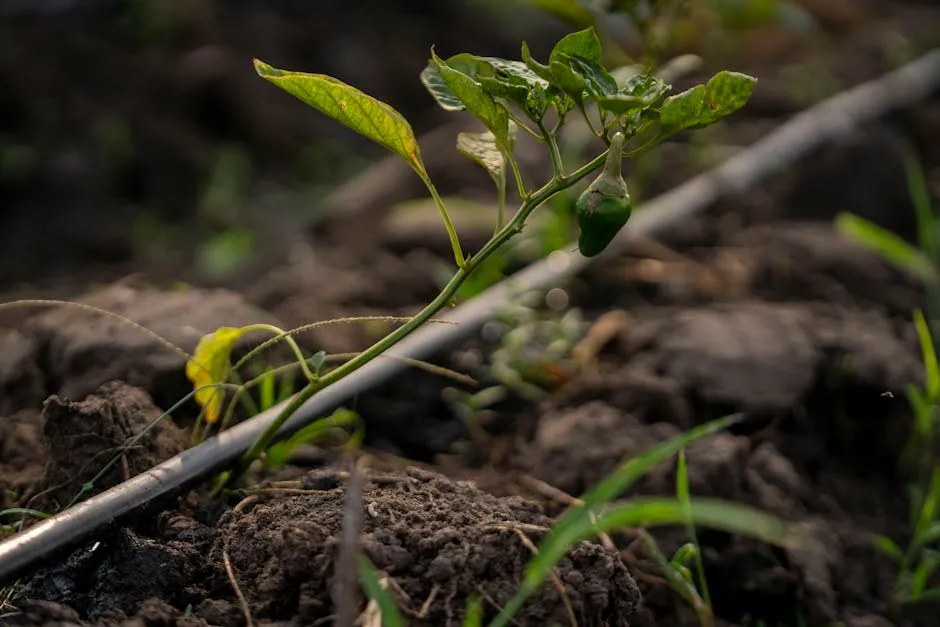
Incorrect Height and Tension
One frequent error is not adjusting the netting to the right height. If it’s too low, plants may struggle to reach sunlight. On the other hand, if it’s too high, they might not have enough support.
Tension is equally important. If the netting is too loose, plants might fall through. Ensure it is taut enough to support their weight without sagging. Proper height and tension are essential for effective plant support.

Neglecting Maintenance
Another common issue is neglecting maintenance. Regular checks are necessary to ensure the netting remains effective. Without proper care, the netting can become damaged or sagging, reducing its support. Set a schedule to inspect your netting every few weeks. This simple step can prevent bigger issues down the line.
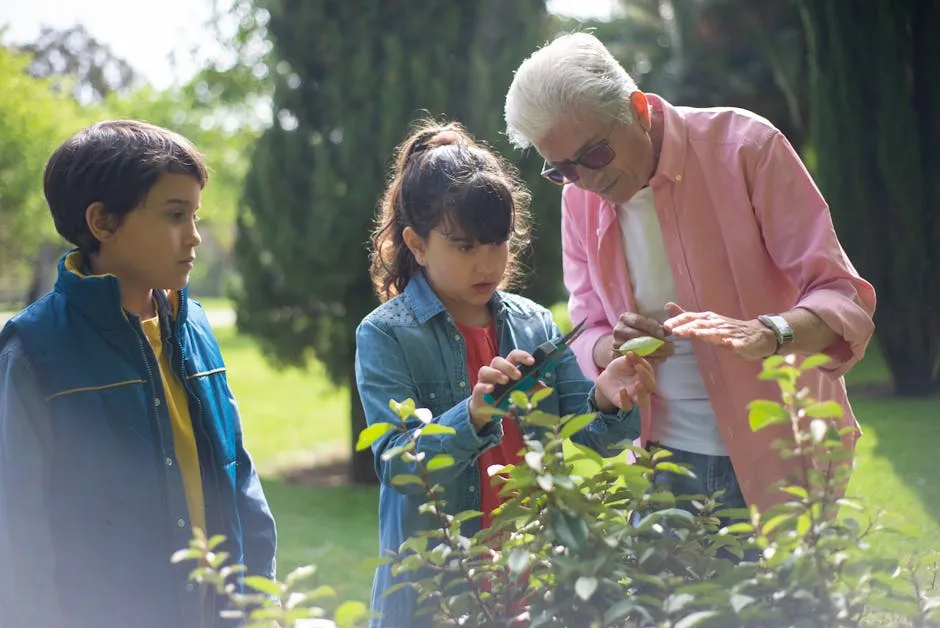
Cost and Where to Buy Plant Support Netting
When it comes to pricing, plant support netting varies based on material and size. Generally, you can expect to pay between $10 and $50 for high-quality options. Lightweight mesh tends to be more affordable, while heavy-duty netting may cost a bit more.
For purchasing, several trusted retailers offer great selections. Amazon is a popular choice, providing various brands and types. Local garden centers often carry netting as well, allowing you to see the product before buying. Online gardening stores like Knowle Nets and WM James also offer a range of options, often with competitive pricing. Don’t forget to check out this adjustable plant support stakes for added stability!
Before making a purchase, check customer reviews to ensure quality. This can help you choose the best netting for your needs. With the right netting, your plants will thrive and your garden will flourish.
For seasonal maintenance tips, check out seasonal maintenance tips for self-watering container gardens in fall 2024.
Conclusion
In summary, using plant support netting is crucial for successful gardening. It not only supports healthy growth but also protects against damage. By following the installation guide, avoiding common mistakes, and understanding costs, you can maximize your gardening efforts.
Now that you have the tips, take action! Implement these strategies for better plant health and productivity. And while you’re at it, consider picking up a compost bin to turn your kitchen scraps into nutrient-rich compost for your garden!
Please let us know what you think about our content by leaving a comment down below!
Thank you for reading till here 🙂
All images from Pexels
